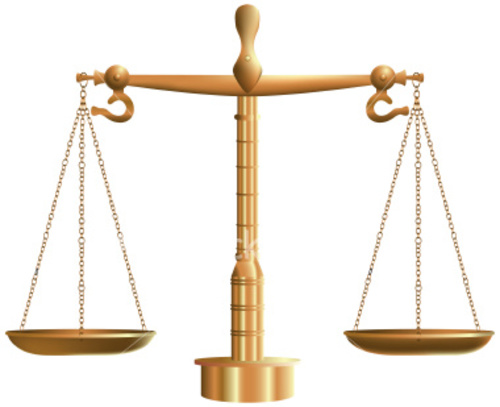Shop Keeper's Dilemma
 A Shop Keeper wants to buy "weighing balances" (Weights) for his weighing scale, From his past experience he knows that he requires to measure items up to 85Kgs (in multiples of 1Kg). Find Minimum numbers of weighing balances required with which he can measure all possible weight up to 85kgs?
A Shop Keeper wants to buy "weighing balances" (Weights) for his weighing scale, From his past experience he knows that he requires to measure items up to 85Kgs (in multiples of 1Kg). Find Minimum numbers of weighing balances required with which he can measure all possible weight up to 85kgs?
The answer is 5.
This section requires Javascript.
You are seeing this because something didn't load right. We suggest you, (a) try
refreshing the page, (b) enabling javascript if it is disabled on your browser and,
finally, (c)
loading the
non-javascript version of this page
. We're sorry about the hassle.
Clearly, you need a 1kg weight.
Note: 1 = ½(3¹-1).
Using that, you can use a 3kg wt with the 1kg added, or subtracted (by placing it on the opposing pan), or not at all, to weigh 2, 3, or 4 kg objects.
Note: 3 + 1 = 4 = ½(3²-1).
Using those, in combination with a 9kg wt, each added, subtracted), or not at all, to weigh anything from 5 to
9 + 3 + 1 = 13 = ½(3³-1).
Etc. With 4 wts of 1, 3, 9, and 27, you can weigh any integer from 1 to
27 + 9 + 3 + 1 = 40 = ½(3⁴-1).
And with 5 wts of 1, 3, 9, 27, and 81, you can weigh any integer from 1 to
81 + 27 + 9 + 3 + 1 = 121 = ½(3⁵-1).
So you can weigh up to 121 kg samples with those 5 wts.